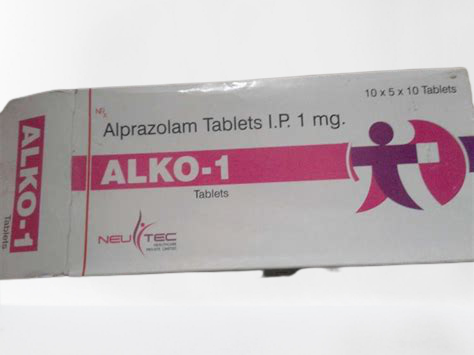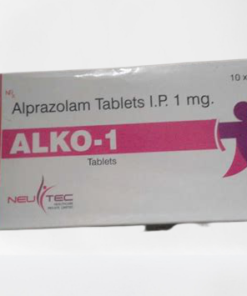buy alprazolam online without prescription
buy alprazolam online without prescription Alprazolam is a benzodiazepine medication primarily used to manage anxiety and panic disorders. It is sold under various brand names, including Xanax, and is well-known for its ability to provide fast-acting relief from the symptoms of anxiety, stress, and panic attacks. Alprazolam works by enhancing the effects of a neurotransmitter called gamma-aminobutyric acid (GABA), which helps to reduce excessive brain activity, inducing a calming effect.
Key Uses of Alprazolam:
-
Generalized Anxiety Disorder (GAD): Alprazolam is commonly prescribed for people suffering from chronic anxiety or worry, where the symptoms interfere with daily life.
-
Panic Disorder: It is also effective in the treatment of panic attacks, offering immediate relief from intense episodes of fear or discomfort.
-
Short-term Stress Relief: Alprazolam can be used for short-term anxiety relief in situations such as stressful events or situations requiring calming effects, though it is typically not recommended for long-term use.
How Alprazolam Works:
Alprazolam is classified as a benzodiazepine, which works by modulating the activity of GABA receptors in the brain. By increasing GABA’s inhibitory effects, Alprazolam helps to produce a sedative, relaxing effect, which in turn reduces anxiety and helps patients feel calmer and more at ease.
Dosage and Administration:
-
Alprazolam is available in oral tablet and extended-release forms. Your doctor will determine the appropriate dosage based on your specific needs.
-
The standard dosage for generalized anxiety disorder typically starts at 0.25 to 0.5 mg 3 times a day, with potential adjustments based on the individual’s response.
-
For panic disorder, doses may start at 0.5 mg 3 times per day, with gradual adjustments to ensure efficacy and minimize side effects.
Possible Side Effects:
While Alprazolam is effective in treating anxiety and panic disorders, it can cause side effects such as:
-
Drowsiness
-
Dizziness
-
Memory problems
-
Difficulty concentrating
-
Fatigue
-
Dry mouth or constipation
-
In rare cases, more serious side effects like respiratory depression or dependence may occur, especially with long-term use.
Safety and Considerations:
-
Risk of Dependence: Alprazolam has a potential for abuse and dependence, especially when taken for extended periods or at higher doses. It is important to use this medication only as prescribed by a healthcare provider.
-
Avoid Alcohol: Combining Alprazolam with alcohol can increase the risk of serious side effects, including sedation, respiratory depression, and overdose.
-
Pregnancy and Breastfeeding: Alprazolam is not recommended during pregnancy or breastfeeding due to potential risks to the baby. Always consult your doctor if you are pregnant or planning to become pregnant.
Important Information:
-
Do not discontinue abruptly: Stopping Alprazolam suddenly can lead to withdrawal symptoms such as seizures, muscle cramps, and sweating. Always consult your doctor before stopping or adjusting your dosage.
-
Interactions: Alprazolam can interact with other medications, especially other central nervous system depressants, like opioids or antidepressants. Always inform your healthcare provider about all medications you are taking.
Conclusion:
Alprazolam (Xanax) is an effective treatment for anxiety and panic disorders, providing rapid relief from distressing symptoms. However, due to its potential for dependence, it is important to use it under the supervision of a qualified healthcare provider and to follow prescribed dosages carefully.
Let me know if you need more details or further customization!


















Reviews
There are no reviews yet.